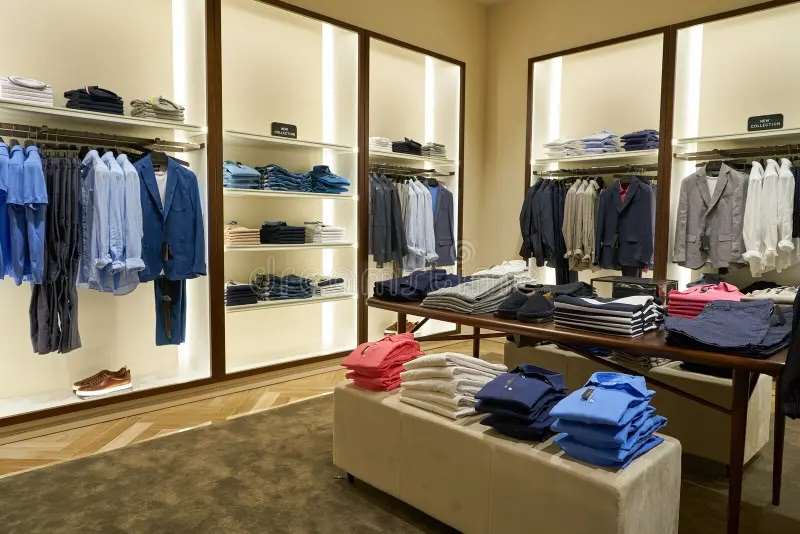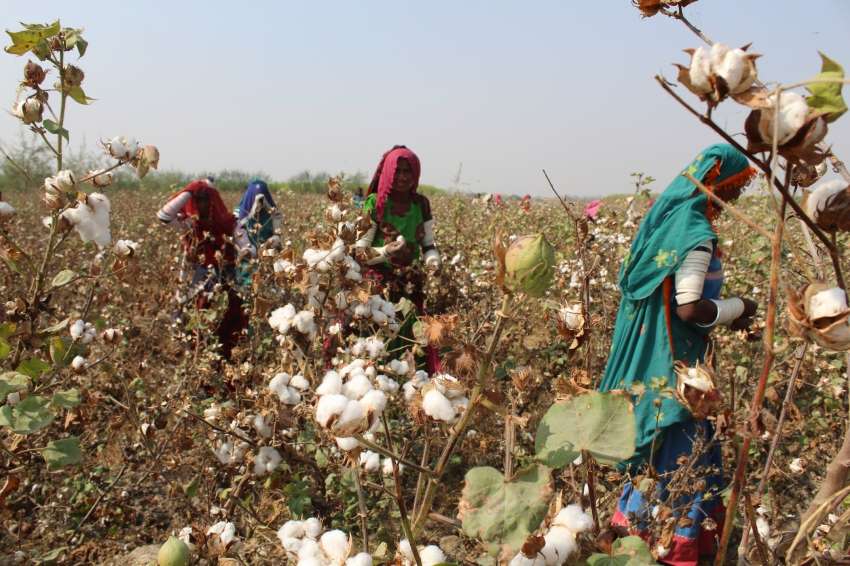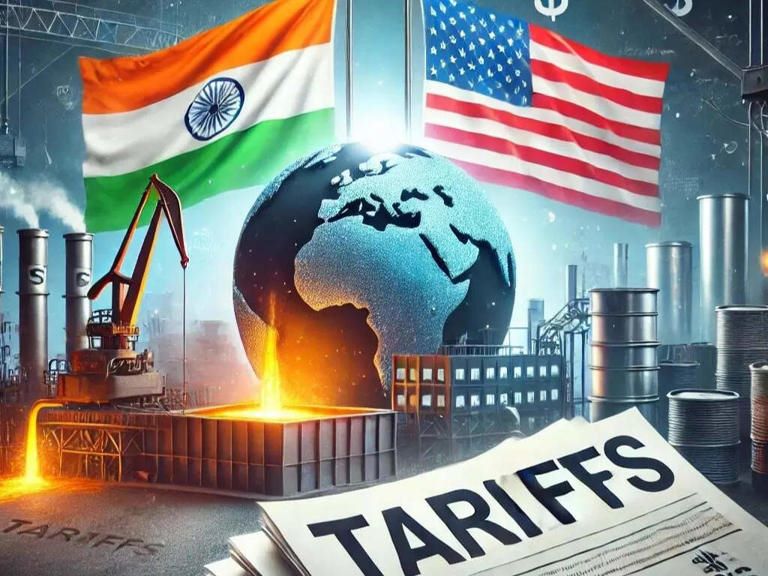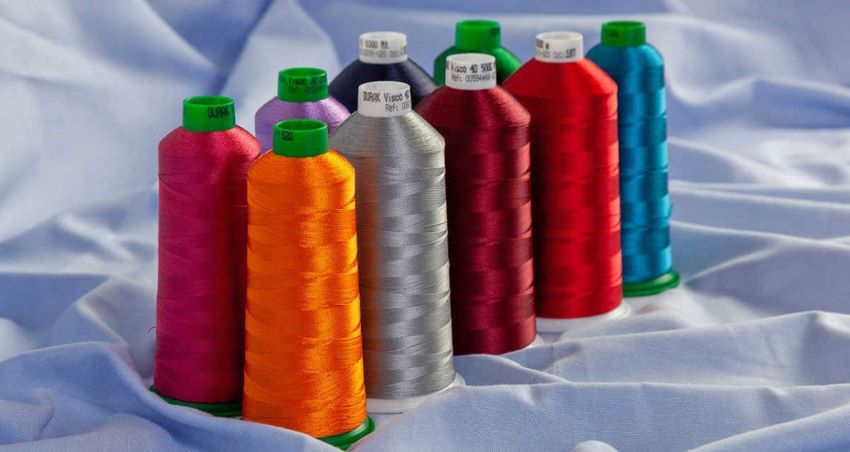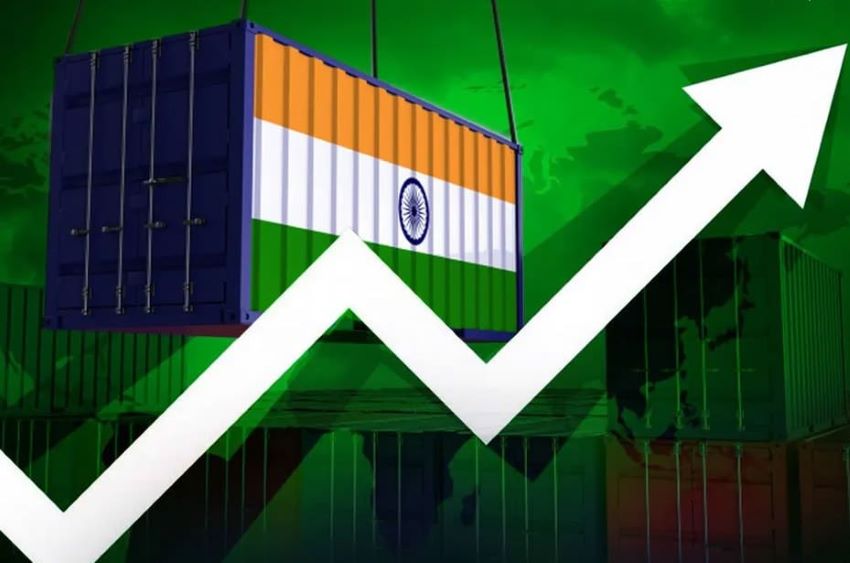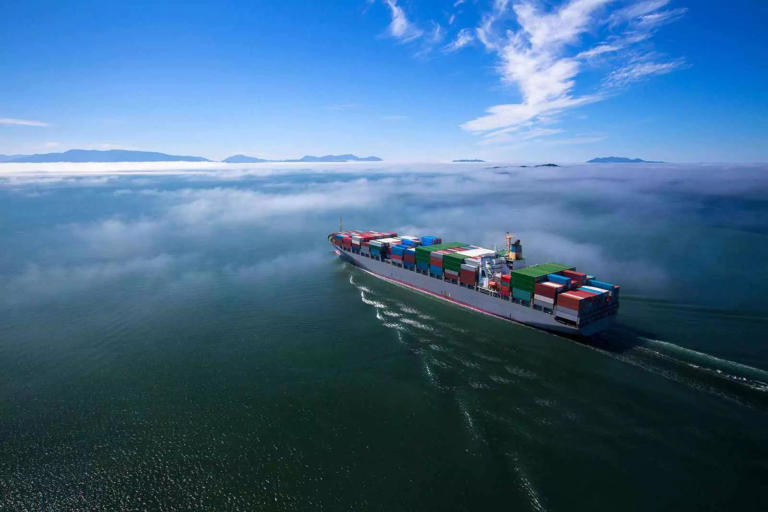FW
Bangladeshi garment traders are keen on doing business in northeast India.The Tripura government is ready to provide logistical support to them including land.
Bangladeshi investors see Tripura as an ideal place for doing business and setting up industries as the northeastern state has surplus power and natural gas.
Tripura will be the second power surplus state in India within the next three or four months after Sikkim, once full generation starts from the Palatana and the Monarchak gas-based power plants.
The power generation from the first unit (363 mw) of the Rs 9000 crorePalatana power plant began December 2013 and the second unit (363 mw) is expected to start generation by November 2014.
The state-owned North East Electric Power Corporation is setting up a 104 mw power project at Monarchak in western Tripura, 70 km south of Agartala, and just eight km from the India-Bangladesh border. The project is likely to start generation within the next three or four months.
The Indian government is committed to supplying 100 mw of power to Bangladesh from the Palatana power plant. Railway services may be resumed from Agartala to Bangladesh.
Tripura is the key area of the export-import trade with Bangladesh in north-east India. While Bangladesh is facing a huge trade deficit with India in the total trade quantum, it emerges a leader in business with north-eastern states.
The euro, pound and yuan weakened against the dollar in September, but other Asian currencies appreciated, impacting business between different economies.
The euro fell by 0.6 per cent against the US dollar in the month, increasing its year-to-date decline to 8.66 per cent. The currency is down by 6.8 per cent compared to the same month last year.
The pound dropped by 2.5 per cent against the dollar in the month, putting it behind by 0.9 per cent on a year-to-date basis, and reducing its year-over-year gain to under 0.2 per cent.
The Indian rupee rose by 1.88 per cent against the dollar in September, tempering its year-to-date slide to 0.8 per cent. Compared to this time last year, the currency is down by almost 1.85 per cent.
The Indonesian rupiah increased by 4.2 per cent in September, resulting in a year-to-date increase of 0.9 per cent and a year-over-year increase of more than five per cent.
The Pakistani rupee rose 0.7 per cent in September, down 3 per cent from the same month last year, and more than 4 per cent for the year-to-date.
The Chinese yuan fell very slightly against the dollar in September and ended the month 0.5 per cent higher for the year so far.
 Organised by the China Chamber of Commerce of Foodstuffs and Native Produce (CFNA) and UBM Asia, the third edition of Cashmere World, a trade fair dedicated to cashmere and other fine fibres has ended on a positive note on in Hong Kong. This year, companies from Afghanistan, China, Hong Kong, India, Mongolia, and Thailand and major players from Mongolia have returned to Cashmere World held at the Hong Kong Convention & Exhibition Centre.
Organised by the China Chamber of Commerce of Foodstuffs and Native Produce (CFNA) and UBM Asia, the third edition of Cashmere World, a trade fair dedicated to cashmere and other fine fibres has ended on a positive note on in Hong Kong. This year, companies from Afghanistan, China, Hong Kong, India, Mongolia, and Thailand and major players from Mongolia have returned to Cashmere World held at the Hong Kong Convention & Exhibition Centre.
According to the moderator of the Cashmere World Forum, Alessandra Cocchi, the event has proved itself as a window to the latest information about the industry. Taking into account the wide range of styles, quality, designs and services offered by the trade fair participants, this was certainly the case. Held alongside Fashion Access, Asia’s leading fashion accessories event, Cashmere World’s presentation was quite spectacular with its white carpeted aisles, entrance area and stands. The carpeting enhanced the product selections and reflected the inherent luxury for which cashmere fashion items are famous the world over.
A steady but not overwhelming flow of international buyers kept exhibitors on their toes  and more importantly, it was the professional quality of the buyers that lent even more credibility to this already well-established event. The mix of exhibitors represented the main cashmere producing nations of the world – Afghanistan, China and Mongolia as well as other participants notably from India and Indonesia. Commenting on the buyer response, Indian exhibitor Tarrlochan Singh, Proprietor of Geetanjali International from New Delhi stated, “We made contacts from Mongolia and Italy and have developed clients from past shows. Cashmere World is a business platform and allows the customers to get to know us – and us to know them.”
and more importantly, it was the professional quality of the buyers that lent even more credibility to this already well-established event. The mix of exhibitors represented the main cashmere producing nations of the world – Afghanistan, China and Mongolia as well as other participants notably from India and Indonesia. Commenting on the buyer response, Indian exhibitor Tarrlochan Singh, Proprietor of Geetanjali International from New Delhi stated, “We made contacts from Mongolia and Italy and have developed clients from past shows. Cashmere World is a business platform and allows the customers to get to know us – and us to know them.”
Another Indian exhibitor Parminar Singh, General Manager of Old Village Overseas also from New Delhi displayed a wide range of cashmere fashion scarves. He had about 200 designs on show in both cashmere and blended fibres and after a busy day on the first day and having received visitors from Chile, Spain and Canada, he noted that he will return to Cashmere World next year and will also exhibit at Fashion Access in March 2015.
Even Inna Lee, Sales Manager of Viction (Inner Mongolia) Cashmere Co from Northern China, a returning exhibitor, expressed, “We are satisfied with the fair as it is a dedicated business platform for selling our products internationally”. Katherine Jin, Business Executive of Ningxia St. Edelweiss Cashmere Products Co, also from Inner Mongolia commented, “Hong Kong is an excellent place to meet our international customers as Cashmere World is a focused business platform. We offer contract manufacturing of all types such as cashmere accessories – gloves, hats, scarves, shawls, etc.”
Present for the first time at Cashmere World was the Thailand Textile Institute that was promoting a combined silk and cashmere project funded by the Thai Royal Family. The objective is to reinvigorate the Thai silk industry by combining silk with cashmere imported from Mongolia to create exclusively designed and luxury garments. The Director of the Technology Department, Dr. Chanchai Sirikasemlert noted that most of the promotion for this project has been carried out in Thailand and that Cashmere World was the only international business platform where it has been presented.
What makes Cashmere World unique for the sector is its integral nature. The trade fair is complemented and strengthened by the organisation of the Cashmere World Forum held during the first two days of the fair. The speakers at the forum include international authorities on the subject and this year the keynote address will be delivered by Karl Spilhaus, President of the Cashmere & Camel Hair Manufacturers Institute, USA, on ‘The Development of Objective Methods for the Identification of Cashmere’. Other subjects covered include ‘Branding Fine Fibres: the example of the Mohair Mark’ and ‘Retailing Cashmere: Trends Forecast & Innovation’.
After dropping slightly in July, apparel imports into the US recovered in August, increasing 1.6 per cent. The recovery was primarily due to an increase in imports of capital goods, consumer goods, and industrial supplies and materials. A rise in travel and transport also helped boost imports.
China, Vietnam, Bangladesh and Indonesia were the top sources of US apparel imports in July. Imports from Vietnam grew 20 per cent over June of last year, while those from China fell by 2 per cent.
On a 12-month smoothed basis, however, which corrects for volatility of data in a particular month, apparel import growth slowed to 2 per cent in August, its slowest monthly rate in over a year, an indication that apparel import growth will be slowing in the coming months.
Apparel exports rose 4 per cent, on top of impressive 6 per cent gains in both June and July, and slightly outpacing overall goods and services export growth of 3.9 per cent. On a 12-month smoothed basis, apparel exports accelerated by 4.3 per cent in August, even with July.
Canada is the biggest market for US apparel exports, followed by Mexico, the UK, Japan and Honduras. Apparel exports to El Salvador have grown 15.2 per cent so far this year and to Chile by 13 per cent. Exports to Germany have grown by 8.5 per cent while those to the Netherlands have dropped by 8 per cent.
Messe Frankfurt Argentina has taken over the international Emitex, Simatex and Confemaq trade fairs, which cover the fields of textile and garment machinery as well as the textile and garment industry.
Thus the company has expanded its portfolio of fairs and reinforced its position as the world’s leading organiser of fairs for this market.
Itsportfolio of textile fairs embraces over 40 international events and covers the entire textile value chain. By taking over the three trade fairs, it can now offer customers easier access to the growing South American textile and garment market. The company has been operating successfully in Argentina for 15 years.
Emitex, Simatex and Confemaq rank among the biggest international events for the textile and garment industries in South America.Messe Frankfurt Argentina, a subsidiary of Messe Frankfurt GmbH, has been organising events in Buenos Aires since 1999.
As part of the Messe Frankfurt portfolio of textile fairs, Emitex, Simatex and Confemaq will be integrated into the company’s technical textiles andtextile processing business unit.
The Argentinean textile and garment industries grew by around 70 percent in total with 5.5 percent per annum over the last 12 years. A large part of the country’s textile and garment exports goes to Brazil and Chile while China and Brazil are the biggest supplier nations.
https://www.messefrankfurt.com/
India's cotton and apparel exports are set to climb by around 10 per cent this year.Higher wages, political instability and concerns about workplace conditions in other markets like Bangladesh are steering international buyers toward Indian exporters.
The rise in textile shipments from India — currently around 4.5 per cent of world trade — may eat into top exporter China’s 36 per cent share of the market and will be a boon for Indian textile merchants keen to exploit rising demand stemming from weak cotton prices and global economic growth.
Aside from stronger global demand, larger domestic cotton supplies will also help India push textile and apparel exports up by about 10 per cent in 2014-15. The main markets for Indian textiles at the moment are the United States and the European Union. Expansion in domestic demand is also likely, with India’s local textiles market expected to grow in the coming years.
But while exports are expected to rise from India, China, with textiles and apparel exports worth 270 billion dollars, around seven times that of India’s receipts, is expected to remain the dominant player.
India’s relatively poor infrastructure, wobbly energy supplies and lack of a business-friendly environment for both foreign and domestic investors are expected to constrain overall export growth over the near to medium term.
The China International SME Fair 2014 (CISMEF) will be held this month.The fair would provide exposure to 1.1 million small and medium enterprises of the world. CISMEF 2014 would be creating a number of new export opportunities for various items produced in the local SME sector. Especially items belonging to handicrafts, horticulture, food and textile sectors would be able to obtain adequate orders for long-term export trade at this fair.
CISMEF has successfully held ten editions since 2004 and attracted over 20,000 exhibitors and 1.1 million visitors from around the world.This is the largest SME fair in the Asia Pacific region. It consists of two parts: the themed show and the specialized show. The commodity trade show consists of a machinery products exhibition zone, a jewelry and craftwork exhibition zone and a green food exhibition zone.
The theme of this year's CISMEF is Energy Conservation, Environmental Protection, Green and Low Carbon. The exhibition space is over 1,00,000 square meters with 5,000 booths.
CISMEF is not only a window for Chinese SMEs to learn about the world, but also a bridge for the products and services of international SMEs to enter the Chinese market. Every year it embraces nearly 5,000 exhibiting enterprises from 31 provinces in mainland China and over 20 foreign countries, attracting 2,00,000 visits each year.
Cambodia's economic growth is estimated to reach 7.2 per cent this year, driven by garment export, construction, and services sectors.Growth has held up well in Cambodia despite domestic uncertainty and instability in neighboring countries. Overall macroeconomic management has been good, with fiscal consolidation underpinned by improved revenue administration.
With the expectation of renewed confidence and the return of political stability after ending a yearlong political deadlock in July 2014, bolstered by a strengthening global economy, Cambodia's real economic growth rate for 2015 is expected to improve further, achieving 7.5 per cent.
The downside risks to forecast growth are potential further labor unrest and the high seasonal floods as well as regional political uncertainty.Garments continued to be Cambodia’s key engine of growth, while construction overtook the decelerating tourism and crops sectors as the second most important growth driver.
The country has made good strides in improving maternal health, early child care and primary education programs in rural areas. Poverty has fallen sharply. However the vast majority of families who escaped poverty were able to do so only by a small margin. About 90 per cent of them live in the countryside.
Cambodia still faces a number of development challenges, including effective management of land and natural resources, environmental sustainability, and good governance. Corruption and weak public service delivery impede inclusive development. The key challenge going forward is to stimulate the agricultural and tourism sectors to once again become strong engines of growth supporting poverty reduction, as well as to expand and sustain growth in manufacturing including garments.
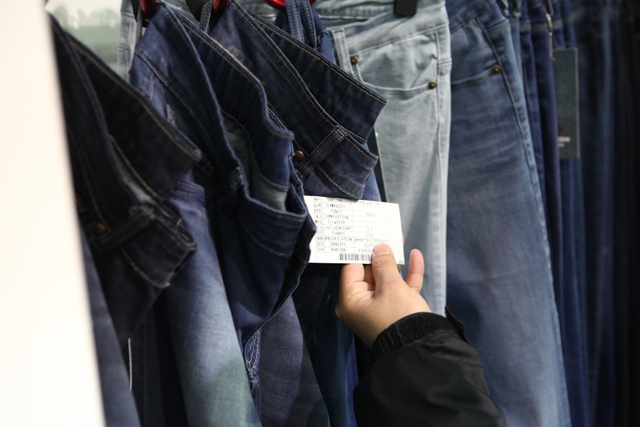 Autumn 2014 edition of Intertextile Shanghai Apparel Fabrics to be held at Shanghai New International Expo Centre in Shanghai, China, from October 20 to 23, 2014. Exhibition will see a newly designed Beyond Denim hall with increased capacity to meet the domestic demand.
Autumn 2014 edition of Intertextile Shanghai Apparel Fabrics to be held at Shanghai New International Expo Centre in Shanghai, China, from October 20 to 23, 2014. Exhibition will see a newly designed Beyond Denim hall with increased capacity to meet the domestic demand.
Beyond Denim gets bigger & better
This year’s fair will boast 15 halls, with over 3,800 international and domestic exhibitors featured across more than 170,000 sq. mtr.of space.Following the success of last year’s denim zone, the newly designed and enlarged Beyond Denim hall will feature around 150 exhibitors from six countries and regions. In China, the latest denim products are increasingly popular as China’s expanding middle and upper classes follow western fashion trends.As a result, this year’s denim area expands to an entire hall witnessing a 25 per cent increase in exhibition space compared to last year.
This presents an exciting opportunity for overseas companies to take advantage of this  lucrative market. And the new design of the hall created by renowned French studio, the NellyRodi Agency is expected to attract more buyers to the area. Some of the highlights on display this year include examples of new wash innovations, the latest technologies, sustainable production practices and premium denim in Beyond Denim Forum.
lucrative market. And the new design of the hall created by renowned French studio, the NellyRodi Agency is expected to attract more buyers to the area. Some of the highlights on display this year include examples of new wash innovations, the latest technologies, sustainable production practices and premium denim in Beyond Denim Forum.
The expanded hall gathers most of the leading domestic denim manufacturers, denim designers and marketing firms, as well as international denim fabric exhibitors. TextilSantanderina SA is an exhibitor from Spain that believes their high-end Spanish products will do well in the Chinese market. Their collection includes faded finishes, new digital prints inspired by nature and poetry, cotton/Lycra and 100 per centTencel fabrics, and jacquard styles inspired by a Bohemian soul and the spirit of old cities that leads to rustic, textured, delicate and aged looks.
American &Efird is another well-known supplier from USA. They will introduce premium products following the hottest trends in the market for denim wear and active wear. According to the company, denim is a traditional ‘must-have’ item for consumers which, therefore, demands high quality threads to safeguard seam integrity. Their major products include corespun threads with NWT technology and textured threads which incorporate quality trims.
Intertextile Shanghai Apparel Fabrics is co-organised by MesseFrankfurt (HK); the Sub-Council of Textile Industry, CCPIT; and the China Textile Information Centre.
There is a growing trend of orders shifting from China and Bangladesh to Vietnam.Multinational groups have realized that outsourcing in China is no more the optimal solution. Production costs in Vietnam are obviously lower than in China. A Vietnamese worker earns half of what a Chinese worker earns.
Brands have been scaling down production in China while expanding in Vietnam. The largest technology groups of the world have also poured billions of dollars into their production bases in Vietnam, though they also have large scale factories in China.
The percentage of Japanese enterprises in China planning to scale up production in China dropped from 73 per cent in 2010 to 57 per cent in 2013. Meanwhile, the figure increased from 27 per cent to 30 per cent in Vietnam.
From humble beginnings since the reunification of its northern and southern regions, Vietnam has become a strong player in the global textile market. State-owned enterprises make up just 0.5 per cent of Vietnam's businesses; however, 75 per cent are joint stock or limited companies.
Vietnam has advantages: only small investment capital required; a quick payback period because of short capital turnover; and lots of preferential policies from the state.

